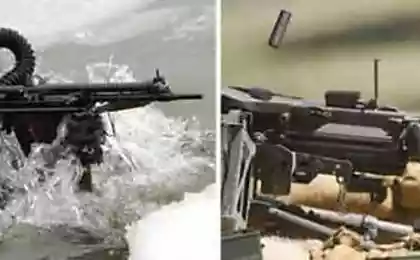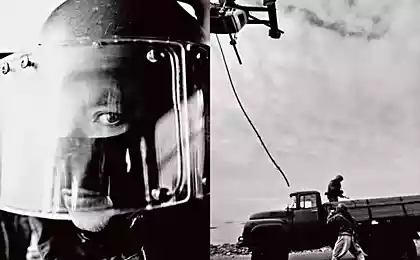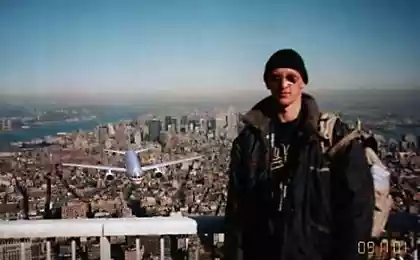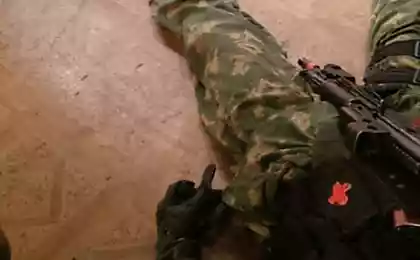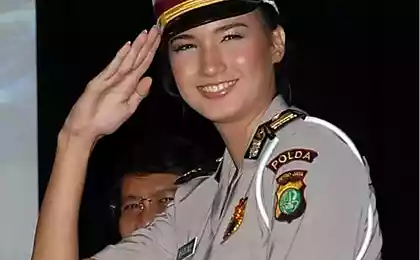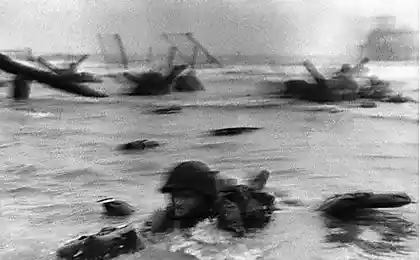2157
SASR - Australian commandos (50 photos)
Airborne Regiment of the Special Service (Special Air Service Regiment - SASR) is the main Australian Special Forces, modeled on the British SAS, as well as on the basis of local experience - tactics of the Australian division of the Second World «Z Special Force».

Regiment consists of three squadrons, each with 50 eligible wear takes operators, as well as signaling the 152nd Squadron, a squadron of logistics and operational support. Prequalified known as «Blackhats», on a dark blue beret they wear. The rest of the soldiers of the regiment wear a green beret, a conventional infantry.

The headquarters of the regiment is located in Campbell Barracks, Swanbourne, Perth, Western Australia. The motto is the same as that of the British SAS - «Who dares wins».
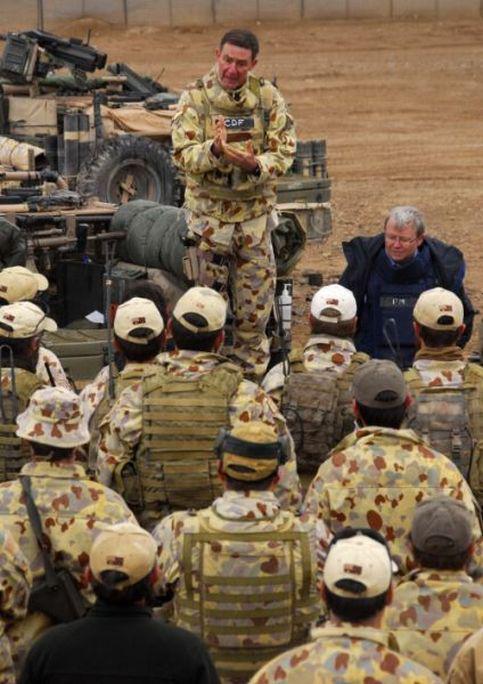
Australian Special Airborne Service was established July 25, 1957 as the first company SAS Royal Australian Regiment (originally it was limited to 16 officers and 168 soldiers). In August 1964 at its base was formed SASR, whose structure at the time was deployed to three squadrons. The first combat experience already as SASR unit was in 1965, when the armed forces of the British Commonwealth was sent to northern Borneo. Before SASR was tasked to prevent the penetration of Indonesian rebels in Malaya.

SASR actively participated in the Vietnam War. First there was sent to the 3rd Squadron (in April 1966). SASR role was limited to reconnaissance, sending patrols in the area of responsibility of the Australian contingent. As in Borneo, Vietnam SASR has worked closely with the New Zealand SAS. In this case, the Australians also conducted operations with the sea lions and rangers SSHA.A vstraliysky special forces remained in Vietnam until October 1971. During this time the Australians and New Zealanders killed in joint operations at least 492 Vietcong and lost only two fighters. In addition, three died from "friendly fire." One person was missing.
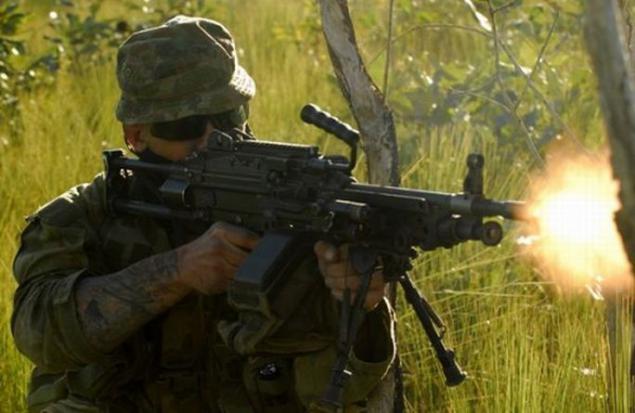
After leaving Vietnam Australia abandoned the doctrine of "preventive defense", which implies participation in the conflict in Southeast Asia. Instead, it was decided to focus on protecting itself from external attacks in Australia.

SASR also actively participated in peacekeeping operations. This practice was first tested in Vietnam, then in Rhodesia. Small unit SASR provides protection to high-ranking officials in Somalia. Soldiers Australian special forces also were sent to Cambodia in the UN mission (UNAMIC and FCU UNTAC), and Rwanda (worked there regimental physicians).

In 2003, an Australian special forces has been converted into a separate branch of service with its own command. The number of special forces has been increased by 330 people.

Major losses SASR is on the exercise. The most painful episode occurred June 12, 1996, when, during a night exercise dropped two "Black Hawk Down" with 5 Aviation Regiment SASR soldiers on board. Then killed 15 commandos and three pilot.

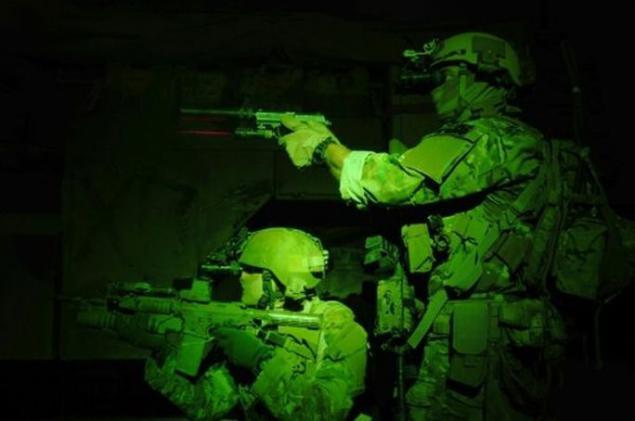







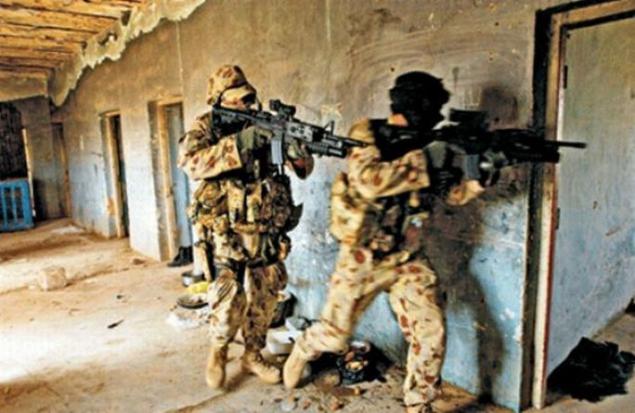




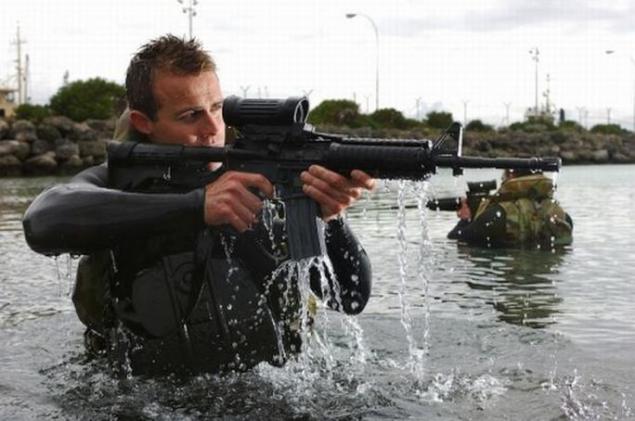

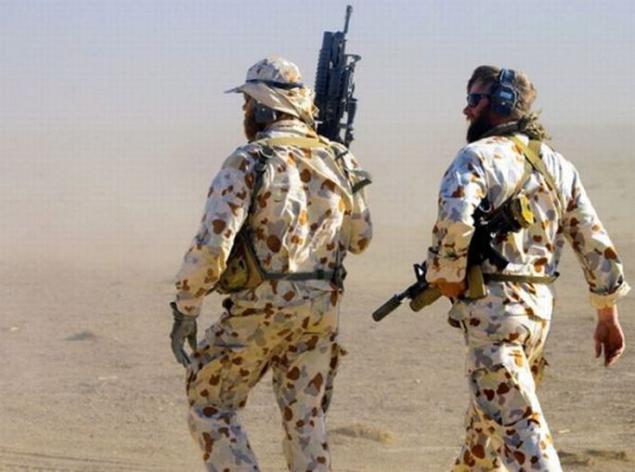




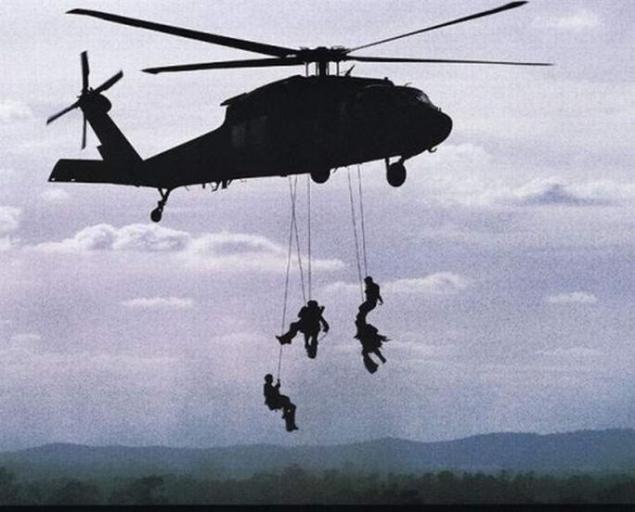







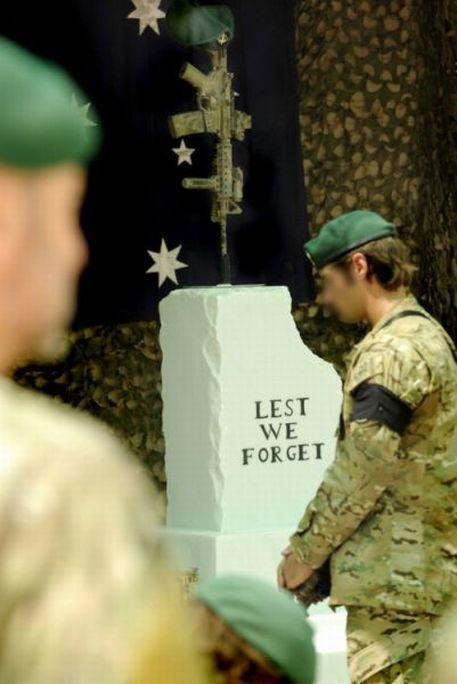


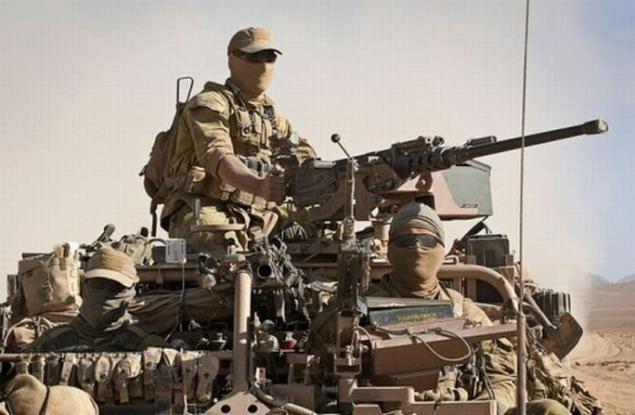


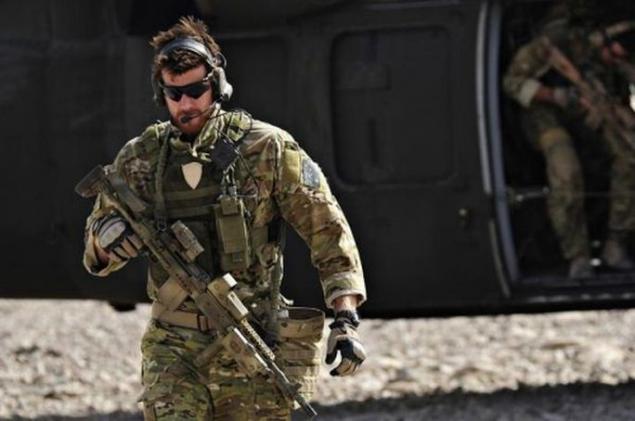
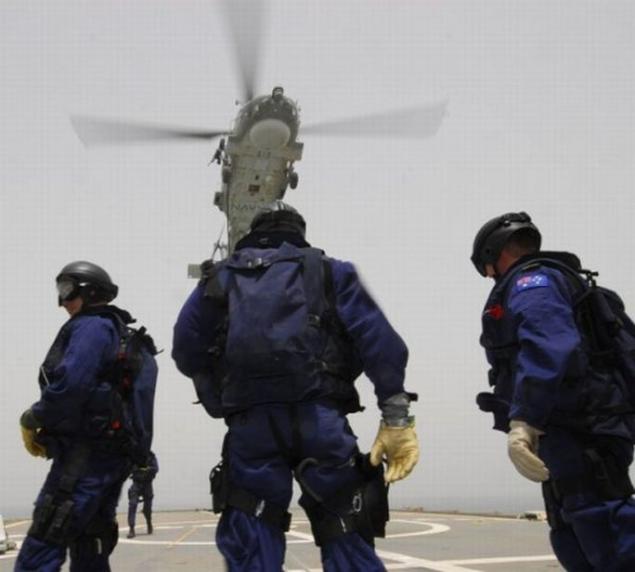

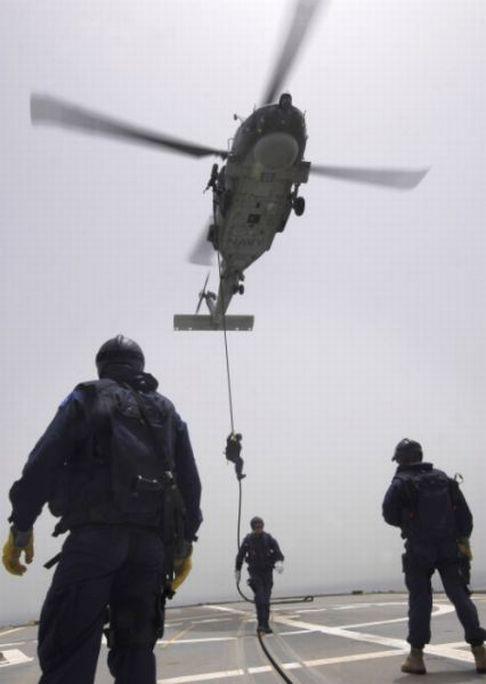




Regiment consists of three squadrons, each with 50 eligible wear takes operators, as well as signaling the 152nd Squadron, a squadron of logistics and operational support. Prequalified known as «Blackhats», on a dark blue beret they wear. The rest of the soldiers of the regiment wear a green beret, a conventional infantry.

The headquarters of the regiment is located in Campbell Barracks, Swanbourne, Perth, Western Australia. The motto is the same as that of the British SAS - «Who dares wins».

Australian Special Airborne Service was established July 25, 1957 as the first company SAS Royal Australian Regiment (originally it was limited to 16 officers and 168 soldiers). In August 1964 at its base was formed SASR, whose structure at the time was deployed to three squadrons. The first combat experience already as SASR unit was in 1965, when the armed forces of the British Commonwealth was sent to northern Borneo. Before SASR was tasked to prevent the penetration of Indonesian rebels in Malaya.

SASR actively participated in the Vietnam War. First there was sent to the 3rd Squadron (in April 1966). SASR role was limited to reconnaissance, sending patrols in the area of responsibility of the Australian contingent. As in Borneo, Vietnam SASR has worked closely with the New Zealand SAS. In this case, the Australians also conducted operations with the sea lions and rangers SSHA.A vstraliysky special forces remained in Vietnam until October 1971. During this time the Australians and New Zealanders killed in joint operations at least 492 Vietcong and lost only two fighters. In addition, three died from "friendly fire." One person was missing.

After leaving Vietnam Australia abandoned the doctrine of "preventive defense", which implies participation in the conflict in Southeast Asia. Instead, it was decided to focus on protecting itself from external attacks in Australia.

SASR also actively participated in peacekeeping operations. This practice was first tested in Vietnam, then in Rhodesia. Small unit SASR provides protection to high-ranking officials in Somalia. Soldiers Australian special forces also were sent to Cambodia in the UN mission (UNAMIC and FCU UNTAC), and Rwanda (worked there regimental physicians).

In 2003, an Australian special forces has been converted into a separate branch of service with its own command. The number of special forces has been increased by 330 people.

Major losses SASR is on the exercise. The most painful episode occurred June 12, 1996, when, during a night exercise dropped two "Black Hawk Down" with 5 Aviation Regiment SASR soldiers on board. Then killed 15 commandos and three pilot.












































